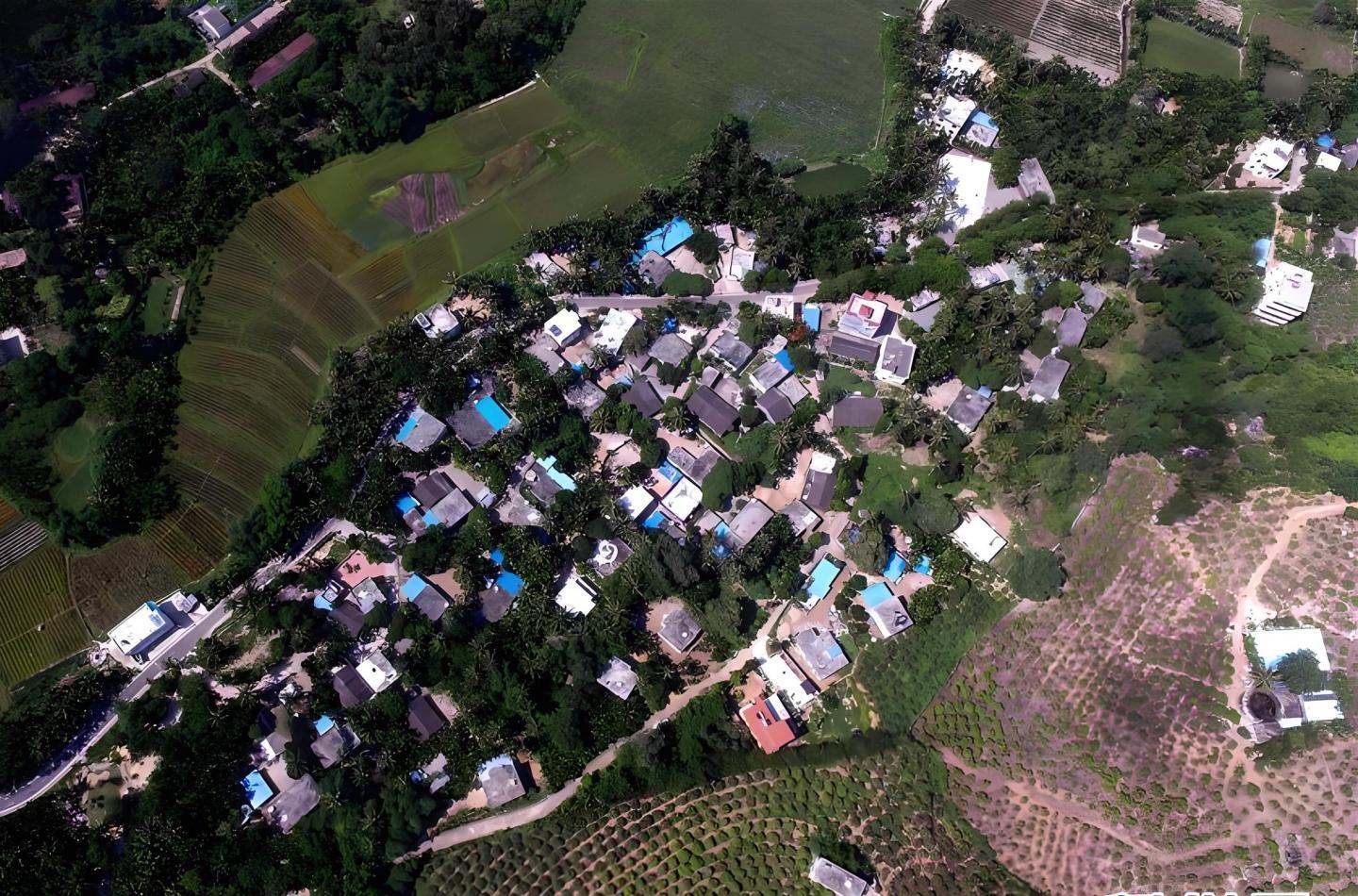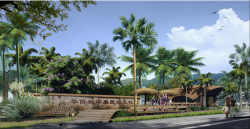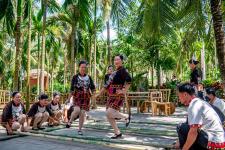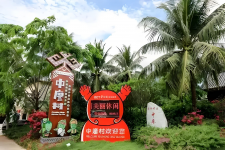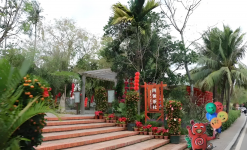Keywords:
Rural Revitalization, Li Ethnic Culture, Ecological Architecture, Community Participation, Spatial Narrative, Beautiful Countryside
Abstract:
This study focuses on the "Beautiful Countryside" development project in Zhongliao Village, Sanya, Hainan Province, exploring how cultural preservation, ecological design, and community co-construction can drive the sustainable renewal of ethnic settlements under China's national rural revitalization strategy. Funded by OCT Hainan Group, the project integrates poverty alleviation objectives with a mission of cultural revival. As the Project Design Director, the author led the entire process from planning and design to implementation, guided by the core concept of "Cultural Identity Reconstruction Ecological Symbiosis Spaces." The research introduces a replicable design model for ethnic rural revitalization through spatial prototype analysis, participatory community mechanisms, and impact evaluation. A methodological framework titled "Narrative-Led, Multi-Level Participatory Rural Design" is proposed and validated within the context of ethnic minority village transformation. The project has been featured in national media such as Xinhua News Agency and CCTV News, serving as a model in the field of rural architecture and offering significant academic and practical value to China's evolving rural design discourse.
1. Introduction
1.1 Research Background and Problem Statement
In recent years, China's "Rural Revitalization" strategy has emerged as a central agenda in the coordinated development of urban and rural areas. Particularly in ethnic minority regions, rural construction faces the dual challenge of ecological conservation and industrial transformation, while also bearing the crucial task of cultural identity reproduction.
Zhongliao Village in Hainan Province, a traditional Li ethnic settlement, is rich in intangible cultural heritage. However, under the pressure of rapid urbanization, it has long remained marginalized. Prior to the launch of the project, the village suffered from poor infrastructure, a significant outflow of its younger population, and the looming rupture of cultural continuity. Residents lacked confidence in the future, while traditional dwellings had not undergone systematic renewal. The original rice field systems and aquatic ecologies were degrading, and the villagers' craftsmanship traditions were in a state of decline. The community as a whole was trapped in a dual crisis of "spatial desolation" and "cultural silence."
To address these challenges, the national Rural Construction Action Plan has articulated three guiding principles: Cultural Revival, Ecological Priority, and Co-construction and Sharing. As one of the first officially designated "Ethnic Minority Characteristic Villages" at the national level, Zhongliao Village was prioritized for transformation. With strong support from public policy, funding channels, and social capital, the village became a pioneering testbed for tropical rural revitalization.
The design task of this project extended beyond spatial renovation. It was a comprehensive and multi-dimensional initiative involving ecosystem reconstruction, the activation of community self-organization, and the reproduction of cultural identity.
2017
2023
Author: CHEN Yan (First Author)
Affiliation: OCT Hainan Group
Position: Design Director
Keywords:
Rural Revitalization, Li Ethnic Culture, Ecological Architecture, Community Participation, Spatial Narrative, Beautiful Countryside
Abstract:
This study focuses on the "Beautiful Countryside" development project in Zhongliao Village, Sanya, Hainan Province, exploring how cultural preservation, ecological design, and community co-construction can drive the sustainable renewal of ethnic settlements under China's national rural revitalization strategy. Funded by OCT Hainan Group, the project integrates poverty alleviation objectives with a mission of cultural revival. As the Project Design Director, the author led the entire process from planning and design to implementation, guided by the core concept of "Cultural Identity Reconstruction Ecological Symbiosis Spaces." The research introduces a replicable design model for ethnic rural revitalization through spatial prototype analysis, participatory community mechanisms, and impact evaluation. A methodological framework titled "Narrative-Led, Multi-Level Participatory Rural Design" is proposed and validated within the context of ethnic minority village transformation. The project has been featured in national media such as Xinhua News Agency and CCTV News, serving as a model in the field of rural architecture and offering significant academic and practical value to China's evolving rural design discourse.
CHINAOCT GROUP
